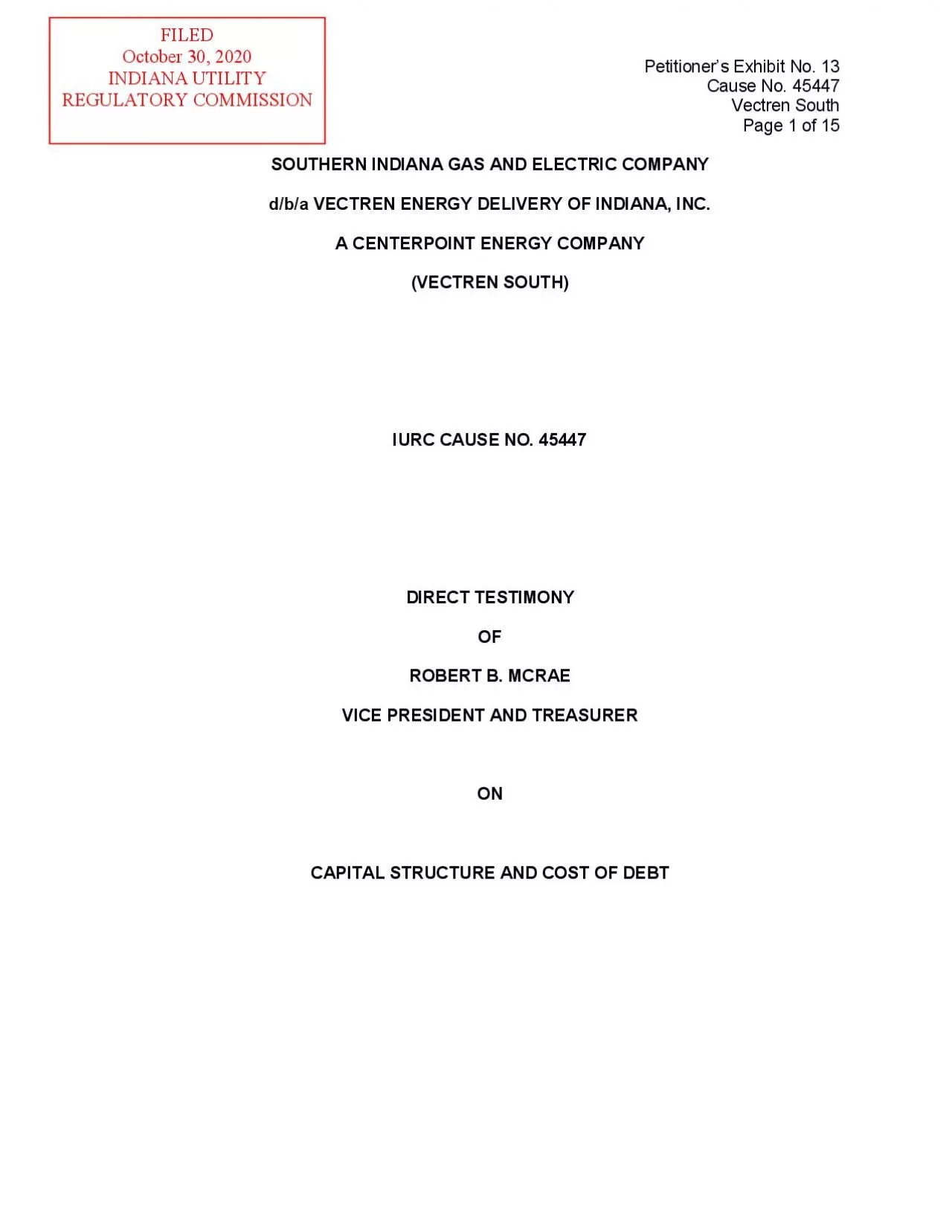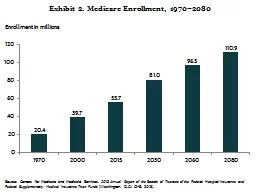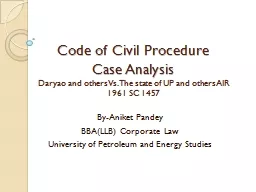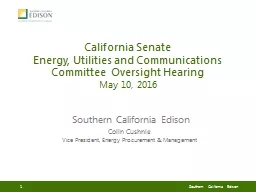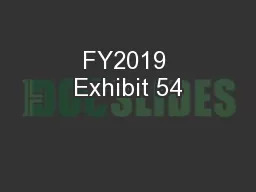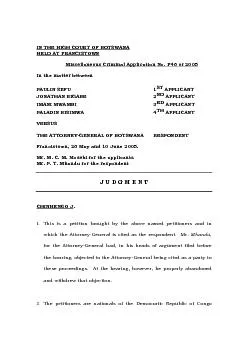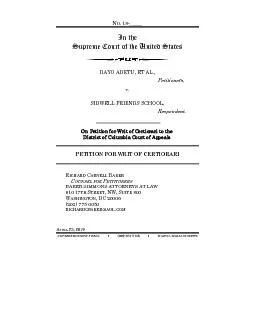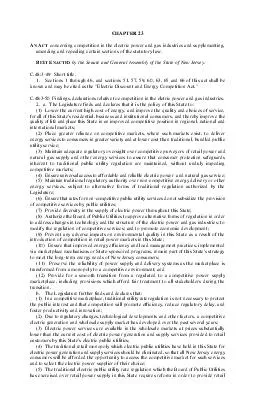PDF-Petitioners Exhibit No 13 SOUTHERN INDIANA GAS AND ELECTRIC COMPANY d
Author : garcia | Published Date : 2021-08-18
Petitioners Exhibit No 13 Glossary of Acronyms CenterPoint CenterPoint Energy Inc Company Southern Indiana Gas and Electric Company dba Vectren Energy Delivery of
Presentation Embed Code
Download Presentation
Download Presentation The PPT/PDF document "Petitioners Exhibit No 13 SOUTHERN INDIA..." is the property of its rightful owner. Permission is granted to download and print the materials on this website for personal, non-commercial use only, and to display it on your personal computer provided you do not modify the materials and that you retain all copyright notices contained in the materials. By downloading content from our website, you accept the terms of this agreement.
Petitioners Exhibit No 13 SOUTHERN INDIANA GAS AND ELECTRIC COMPANY d: Transcript
Download Rules Of Document
"Petitioners Exhibit No 13 SOUTHERN INDIANA GAS AND ELECTRIC COMPANY d"The content belongs to its owner. You may download and print it for personal use, without modification, and keep all copyright notices. By downloading, you agree to these terms.
Related Documents

